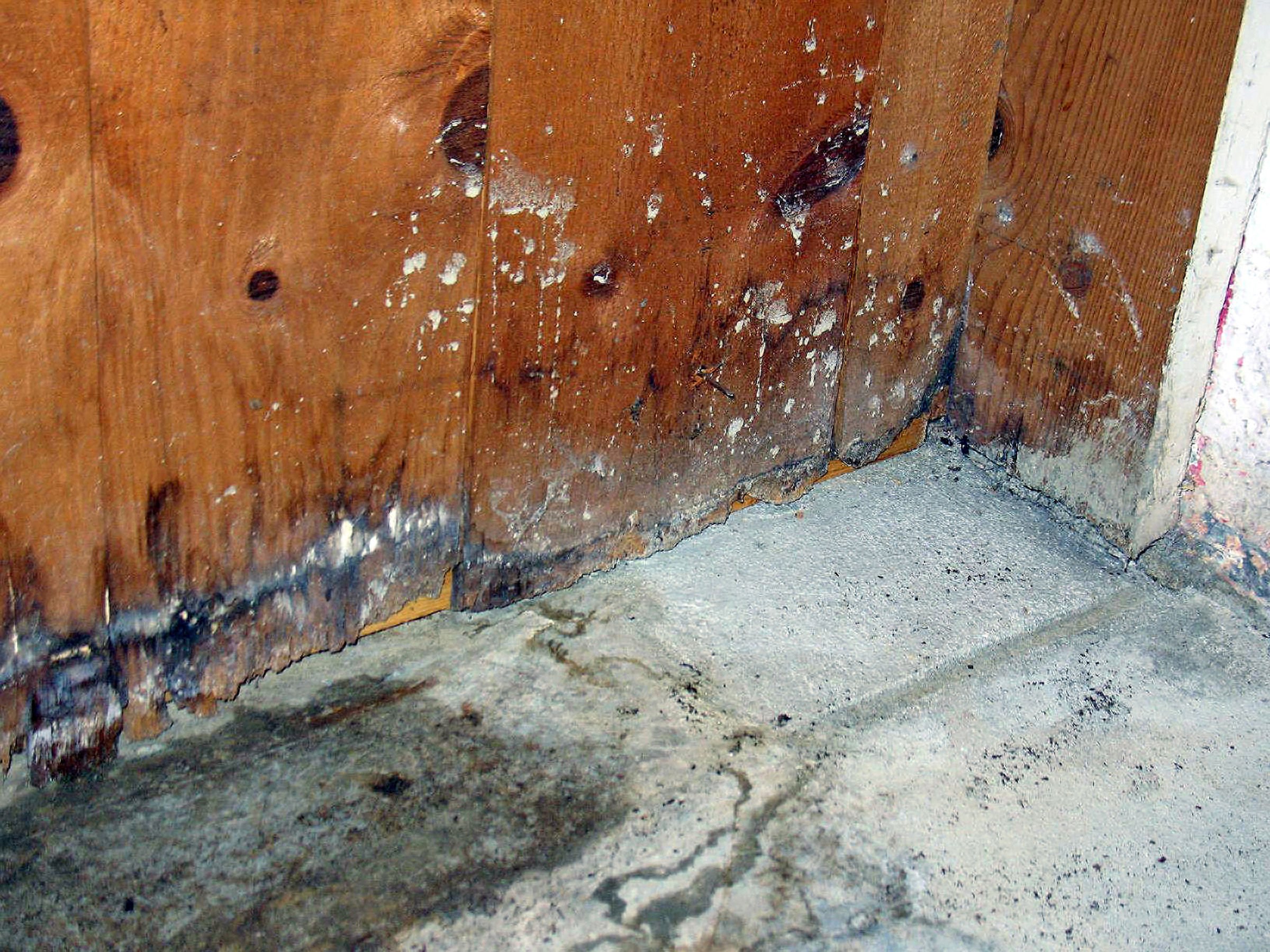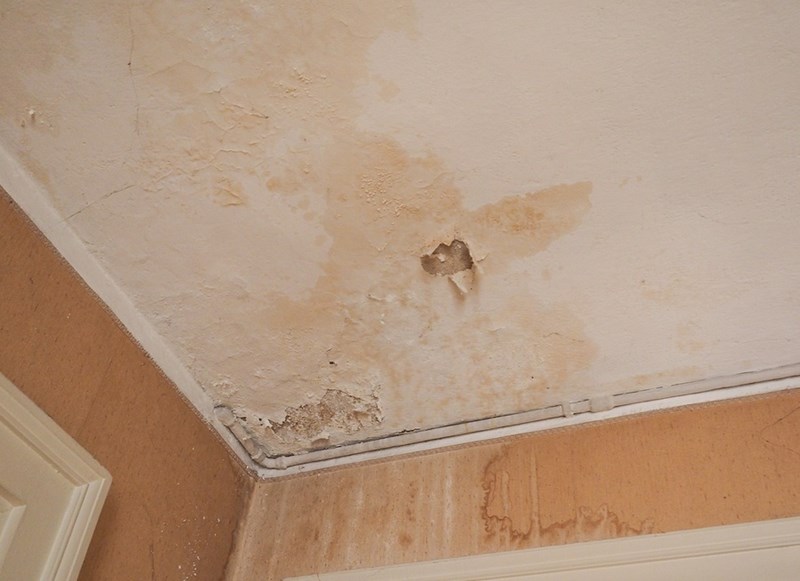Water Damage Restoration Specialists Ready to Fix Any Issue Fast
Water Damage Restoration Specialists Ready to Fix Any Issue Fast
Blog Article
The Process of Water Damage Clean-up: Guaranteeing Your Home Is Restored Effectively
Water damages can be a challenging difficulty for property owners, demanding a thorough and organized clean-up procedure to bring back safety and security and functionality. A comprehensive analysis is important to determine the extent of the damages and establish the appropriate removal steps. Following this, effective water extraction strategies play a crucial duty in reducing additional injury. The nuances of drying, sanitizing, and eventual remediation are equally important and typically forgotten. Recognizing these phases can make a substantial distinction in the result of your home's repair, triggering a closer take a look at what each action entails.
Evaluating the Damage
Upon finding water damages, the initial step is to extensively evaluate the extent of the influence. This initial analysis is vital, as it helps figure out the required steps for effective cleanup and repair. Begin by examining the influenced areas, consisting of walls, ceilings, floorings, and personal belongings, to determine the resource of the water invasion, whether from flooding, leaks, or condensation.
Recording the damages is crucial for both insurance cases and planning restoration initiatives - damage restoration services. Usage photos and written notes to record the severity of the damages, noting any affected structural aspects and products. Pay special interest to locations that may not be promptly noticeable, such as behind wall surfaces and under rugs, as hidden wetness can result in additional issues, including mold growth
Additionally, analyze the timeline of the water exposure. Eventually, a detailed assessment lays the foundation for an effective water damage clean-up process, guaranteeing that all affected locations are resolved properly and completely.
Water Removal Strategies

Experts usually utilize completely submersible pumps for larger volumes of water, which can quickly minimize flooding in basements or other affected areas. For smaller amounts, wet/dry vacuums are often used to remove recurring wetness from carpets and hard surface areas. Additionally, utilizing mobile extractors permits targeted elimination in confined areas or locations with fragile products.
In circumstances of contaminated water, such as sewer or floodwater, progressed removal techniques might involve the use of biohazard equipment to guarantee security and conformity with health policies. High-powered extraction tools are essential in minimizing water retention in structural materials, which can result in mold and mildew growth and structural wear and tear otherwise resolved quickly.
Inevitably, the performance of water extraction strategies plays a crucial role in the total success of the water damage clean-up procedure, laying the foundation for succeeding restoration initiatives.
Drying and Dehumidification
Once standing water has actually been properly drawn out, the next critical stage in the water damage cleanup procedure is drying and dehumidification. This action is vital to prevent more damage and mold and mildew development, which can occur within 24 to two days in damp atmospheres.
To achieve efficient drying out, customized devices such as industrial-grade air movers and dehumidifiers is utilized. Air moving companies flow air throughout wet surfaces, boosting dissipation rates, while dehumidifiers lower moisture degrees in the air, advertising a helpful setting for drying out. visit their website The mix of these devices makes sure that dampness is extracted from home furnishings, wall surfaces, and floors, enabling them to completely dry thoroughly.
It is very important to check the drying process very closely. Specialists frequently utilize dampness meters to assess the moisture content in numerous products, making sure that all impacted areas reach appropriate dryness levels. This precise approach aids to stop surprise dampness pockets that can result in structural damages or harmful mold and mildew development.

Cleansing and Disinfecting
After the drying and dehumidification phase is total, the next essential action in water damages cleaning is cleansing and disinfecting the impacted areas. This process is vital to stop the development of mold, bacteria, and other microorganisms that flourish in damp house water damage service and repair environments.
The cleaning phase typically includes eliminating any type of particles, dirt, and impurities from surface areas making use of check over here specialized cleaning up agents. For tough surface areas, a combination of soap and water or commercial cleansing items is usually utilized. Soft products, such as upholstery and carpets, might need much more considerable cleaning methods, including vapor cleansing or deep removal techniques, to make sure thorough hygiene.

Disinfecting follows cleaning, utilizing EPA-approved anti-bacterials to get rid of harmful microbes. This step is important, particularly in areas that may have entered into contact with floodwaters or sewage, as these resources can posture major wellness risks.
Furthermore, it is important to resolve any staying smells, which may require the use of odor neutralizers or innovative strategies like ozone treatment. Appropriate cleaning and sterilizing not only recover the safety and security and hygiene of your home yet also prepared for successful repair and repair services in subsequent phases of the water damages cleanup process.
Restoration and Repair Services

As soon as the analysis is total, restoration efforts can begin. Additionally, floor covering might call for comparable attention, depending on the level of water exposure.
It is vital to engage experienced remediation specialists during this process, as they have the know-how to handle intricate repairs properly. Furthermore, they can help mitigate possible future issues, such as mold development or architectural instability, hence guaranteeing a secure and habitable living environment. Inevitably, efficient repair and repairs bring back the home's stability and improve its general worth.
Final Thought
Finally, the process of water damage clean-up is vital for restoring a home to its pre-damage condition. Each phase, from evaluating the damages to executing reliable water extraction strategies, adhered to by detailed drying out, disinfecting, and necessary repair work, plays a crucial duty in making sure safety and compliance with building standards. Effective implementation of these actions not only reduces instant damages however also improves the long-lasting integrity and worth of the residential property.
Water damages can be a challenging obstacle for house owners, demanding a precise and organized cleanup process to bring back security and performance. Inevitably, a thorough assessment lays the foundation for an effective water damages cleanup procedure, guaranteeing that all influenced locations are resolved successfully and thoroughly.
Reliable water extraction techniques are crucial in mitigating damage and avoiding further difficulties adhering to a water breach event.In final thought, the process of water damages cleanup is critical for restoring a home to its pre-damage condition. Each stage, from evaluating the damages to carrying out effective water extraction techniques, adhered to by detailed drying out, sterilizing, and required repair work, plays a vital role in making certain security and conformity with building standards.
Report this page